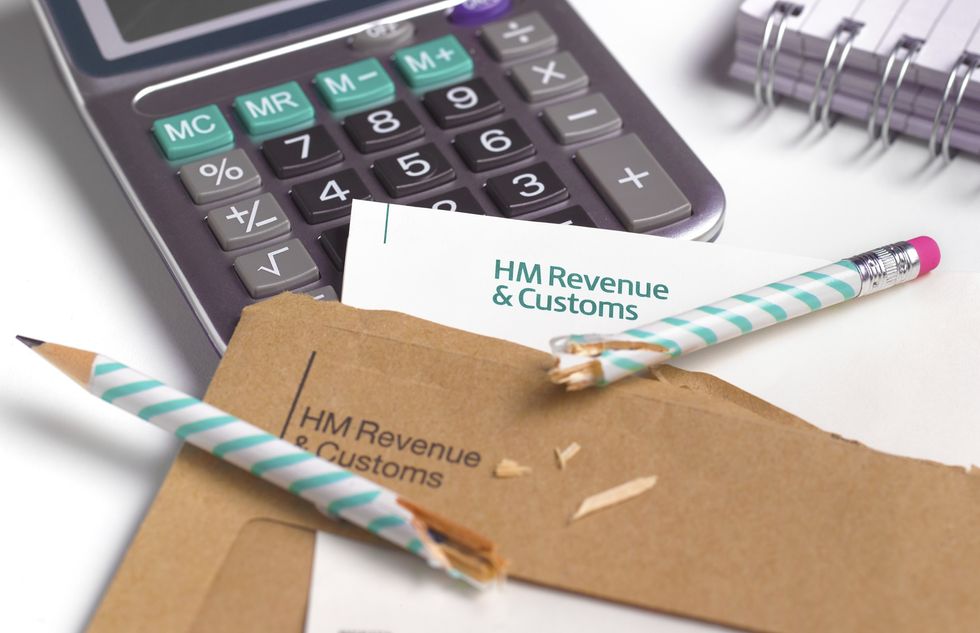Labour’s potential tax raid on pensions could see the wealthiest pensioners lose out significantly, according to recent analysis.
The proposed changes could see a higher earner’s retirement pot reduced by £80,000 over their working life.
The current system allows for tax relief on pension contributions at marginal rates, with basic-rate taxpayers receiving 20 per cent, higher-rate 40 per cent, and additional-rate 45 per cent.
However, Chancellor Rachel Reeves is reportedly considering introducing a flat 30 per cent rate of pension tax relief in her upcoming Budget.
The move is part of Labour’s broader strategy to review tax policies, with Sir Keir Starmer warning of “painful” fiscal measures ahead.
The proposed flat rate system could dramatically alter the retirement landscape for many Britons, particularly affecting those in higher income brackets.

A higher-rate taxpayer could see their retirement pot shrink by £83,506
GETTY
Analysis by wealth manager Quilter reveals the stark impact of the proposed changes.
A higher-rate taxpayer could see their retirement pot shrink by £83,506 over a 40-year career under a flat 30 per cent relief rate. In contrast, basic-rate taxpayers would benefit, with their nest eggs potentially growing by £27,807.
The figures paint a clear picture: a higher-rate taxpayer’s pension pot would decrease by over 10 per cent, from £794,984 to £711,477. Meanwhile, a basic-rate taxpayer’s pot would increase by 10 per cent, from £288,090 to £315,897.
These calculations assume specific scenarios, including starting salaries, annual wage growth, and pension contributions.
The Institute for Fiscal Studies (IFS) has urged caution, advising the Chancellor against adopting this “superficially appealing policy”.
Implementing such a significant change to the pension system would be a complex undertaking.
Ian Cook of Quilter Cheviot explained that it would “fundamentally alter” how tax relief is applied.
The current salary sacrifice mechanism would require adjustments, and all pension contributions, including those from employers, would need standardisation.
Given these complexities, he suggested that any changes would likely require extensive consultation and a phased implementation over years, rather than weeks or months.
The Treasury has remained tight-lipped on the speculation, with a spokesman stating: “We do not comment on speculation around tax changes outside of fiscal events.”
Despite the potential challenges, the move could generate significant revenue for the Government. Capping relief at 20 per cent could raise £15billion, while a flat 30 per cent rate would yield £2.7bn.
Beyond the proposed changes to pension tax relief, Labour is reportedly considering other alterations to the pension system.
The Institute for Fiscal Studies has suggested including pension pots in the value of estates for inheritance tax purposes, arguing for a more uniform application of the tax across all forms of wealth.
However, experts believe changes to the tax-free lump sum, currently set at 25 per cent of pension savings up to £268,275, are less likely.
David Gibb, a chartered financial planner at Quilter Cheviot, stated: “If they are doing something on pension tax it’s more likely to be on tax relief on contributions into pensions, I can’t see them doing anything on the lump sum.”
On a positive note, the Chancellor is expected to confirm an increase to the state pension from next April, in line with the triple lock policy.
This could see the new state pension rise to £230.05 per week, based on current earnings growth figures.